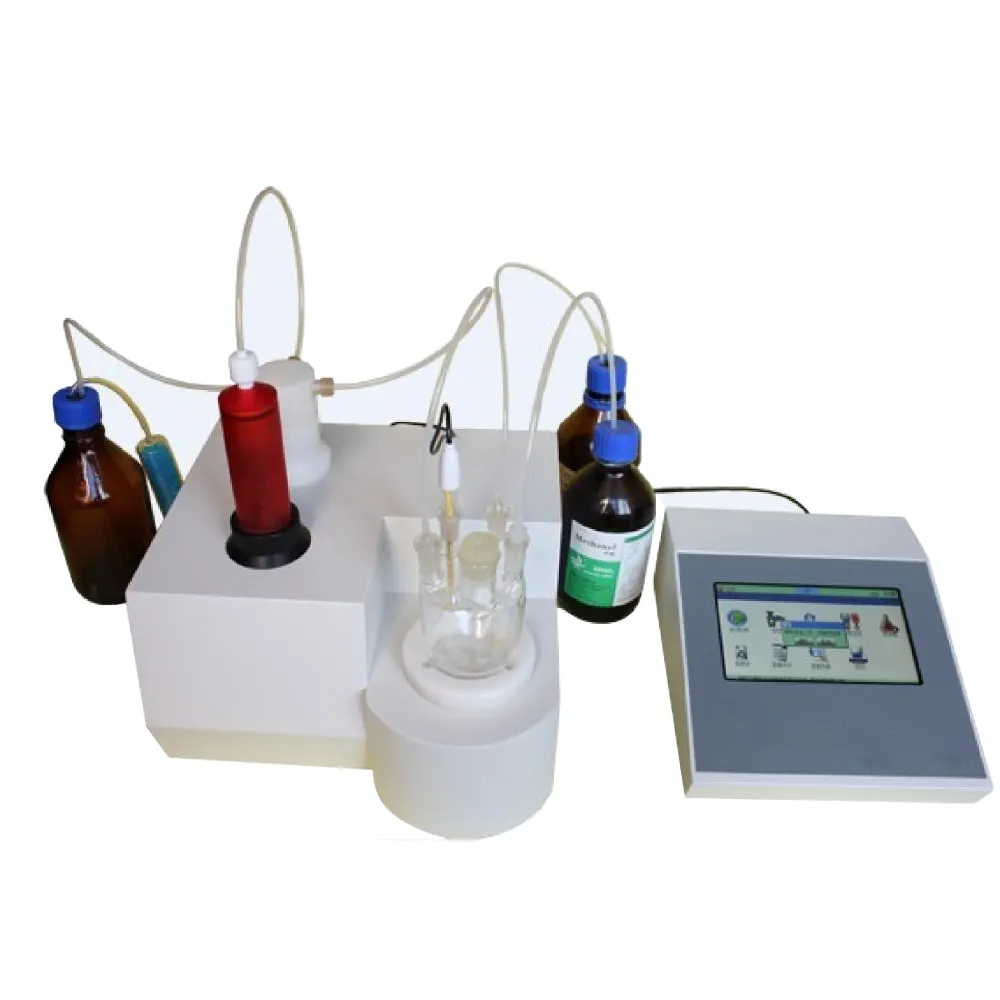 English
English



-
 Afrikaans
Afrikaans -
 Albanian
Albanian -
 Amharic
Amharic -
 Arabic
Arabic -
 Armenian
Armenian -
 Azerbaijani
Azerbaijani -
 Basque
Basque -
 Belarusian
Belarusian -
 Bengali
Bengali -
 Bosnian
Bosnian -
 Bulgarian
Bulgarian -
 Catalan
Catalan -
 Cebuano
Cebuano -
 China
China -
 China (Taiwan)
China (Taiwan) -
 Corsican
Corsican -
 Croatian
Croatian -
 Czech
Czech -
 Danish
Danish -
 Dutch
Dutch -
 English
English -
 Esperanto
Esperanto -
 Estonian
Estonian -
 Finnish
Finnish -
 French
French -
 Frisian
Frisian -
 Galician
Galician -
 Georgian
Georgian -
 German
German -
 Greek
Greek -
 Gujarati
Gujarati -
 Haitian Creole
Haitian Creole -
 hausa
hausa -
 hawaiian
hawaiian -
 Hebrew
Hebrew -
 Hindi
Hindi -
 Miao
Miao -
 Hungarian
Hungarian -
 Icelandic
Icelandic -
 igbo
igbo -
 Indonesian
Indonesian -
 irish
irish -
 Italian
Italian -
 Japanese
Japanese -
 Javanese
Javanese -
 Kannada
Kannada -
 kazakh
kazakh -
 Khmer
Khmer -
 Rwandese
Rwandese -
 Korean
Korean -
 Kurdish
Kurdish -
 Kyrgyz
Kyrgyz -
 Lao
Lao -
 Latin
Latin -
 Latvian
Latvian -
 Lithuanian
Lithuanian -
 Luxembourgish
Luxembourgish -
 Macedonian
Macedonian -
 Malgashi
Malgashi -
 Malay
Malay -
 Malayalam
Malayalam -
 Maltese
Maltese -
 Maori
Maori -
 Marathi
Marathi -
 Mongolian
Mongolian -
 Myanmar
Myanmar -
 Nepali
Nepali -
 Norwegian
Norwegian -
 Norwegian
Norwegian -
 Occitan
Occitan -
 Pashto
Pashto -
 Persian
Persian -
 Polish
Polish -
 Portuguese
Portuguese -
 Punjabi
Punjabi -
 Romanian
Romanian -
 Russian
Russian -
 Samoan
Samoan -
 Scottish Gaelic
Scottish Gaelic -
 Serbian
Serbian -
 Sesotho
Sesotho -
 Shona
Shona -
 Sindhi
Sindhi -
 Sinhala
Sinhala -
 Slovak
Slovak -
 Slovenian
Slovenian -
 Somali
Somali -
 Spanish
Spanish -
 Sundanese
Sundanese -
 Swahili
Swahili -
 Swedish
Swedish -
 Tagalog
Tagalog -
 Tajik
Tajik -
 Tamil
Tamil -
 Tatar
Tatar -
 Telugu
Telugu -
 Thai
Thai -
 Turkish
Turkish -
 Turkmen
Turkmen -
 Ukrainian
Ukrainian -
 Urdu
Urdu -
 Uighur
Uighur -
 Uzbek
Uzbek -
 Vietnamese
Vietnamese -
 Welsh
Welsh -
 Bantu
Bantu -
 Yiddish
Yiddish -
 Yoruba
Yoruba -
 Zulu
Zulu
transformer short circuit impedance test
Transformer Short Circuit Impedance Test Importance and Methodology
Transformers are essential components in electrical power systems, serving to transfer electrical energy between circuits through electromagnetic induction. One of the critical tests performed on transformers is the short circuit impedance test, which provides valuable insights into their operational performance and reliability. This article discusses the significance of the short circuit impedance test, its methodology, and its implications for transformer operation.
Understanding Short Circuit Impedance
Short circuit impedance (Zsc) is defined as the voltage drop across the transformer windings when the secondary side is shorted, in relation to the full load current. It is primarily composed of two components resistance (R) and reactance (X). Practically, the impedance measurement is essential for calculating various engineering parameters, including fault current levels, voltage regulation, and load capacity.
Importance of the Short Circuit Impedance Test
1. Fault Analysis and Protection Coordination The short circuit impedance test is crucial for understanding the transformer's behavior under fault conditions. Accurate impedance values help in determining the fault current, which is essential for setting the protective devices, ensuring the safety and reliability of the electrical system.
2. Efficiency and Performance Evaluation By measuring the short circuit impedance, engineers can assess the transformer's resistance to current flow. This information is vital for efficiency calculations—lower impedance typically indicates reduced losses during operation.
3. Thermal Characteristics The test helps in predicting the heat generation during nominal and overload conditions. Understanding the thermal characteristics allows for better design choices concerning cooling systems, ensuring that the transformer operates within safe temperature limits.
transformer short circuit impedance test

Methodology of the Short Circuit Impedance Test
Conducting a short circuit impedance test involves several systematic steps. Here is a typical methodology
1. Preparation Before starting the test, the transformer should be disconnected from the power system and isolated. Safety measures must be in place to protect personnel and equipment.
2. Connection Connect the primary winding to a suitable power source while the secondary winding is shorted. The power source should be set to provide a current equal to the rated current of the transformer at full load.
3. Measurement Using an ammeter and voltmeter, measure the current flowing through the primary winding and the voltage across it. The test is typically conducted under controlled conditions where the voltage provided to the primary is adjustable.
4. Calculating Impedance The impedance can be calculated using the formula \[ Z_{sc} = \frac{V_{sc}}{I_{sc}} \] where \(V_{sc}\) is the measured voltage across the primary and \(I_{sc}\) is the measured short circuit current.
5. Analysis and Recording Analyze the results to obtain the real and reactive components of the impedance. Document the findings for future reference and comparative analysis.
Conclusion
The short circuit impedance test is an indispensable process in the lifecycle of transformer management, helping to ensure their reliability and functionality within power systems. With this test, engineers gain critical insights into transformer performance under fault conditions, which serves to enhance system protection, operational efficiency, and long-term diagnostics. Regular testing and monitoring can significantly contribute to a transformer’s operational lifespan and reduce the likelihood of unexpected outages in power distribution networks. As the power demands increase and systems grow complex, the importance of such tests cannot be overstated in the maintenance of electrical integrity and stability. Through diligent testing and analysis, the effective operation of transformers can be assured, ultimately benefiting both energy providers and consumers alike.
-
Testing Equipment Industry Sees Major Advancements in 2025: Smart & Precision Technologies Lead the WayNewsJun.06,2025
-
Applications of Direct Current Generators in Renewable Energy SystemsNewsJun.05,2025
-
Hipot Tester Calibration and Accuracy GuidelinesNewsJun.05,2025
-
Digital Circuit Breaker Analyzer Features and BenefitsNewsJun.05,2025
-
Benefits of Real-Time Power Quality Monitoring Devices for Industrial EfficiencyNewsJun.05,2025
-
Earth Fault Loop Testing in High-Rise Building Electrical SystemsNewsJun.05,2025



